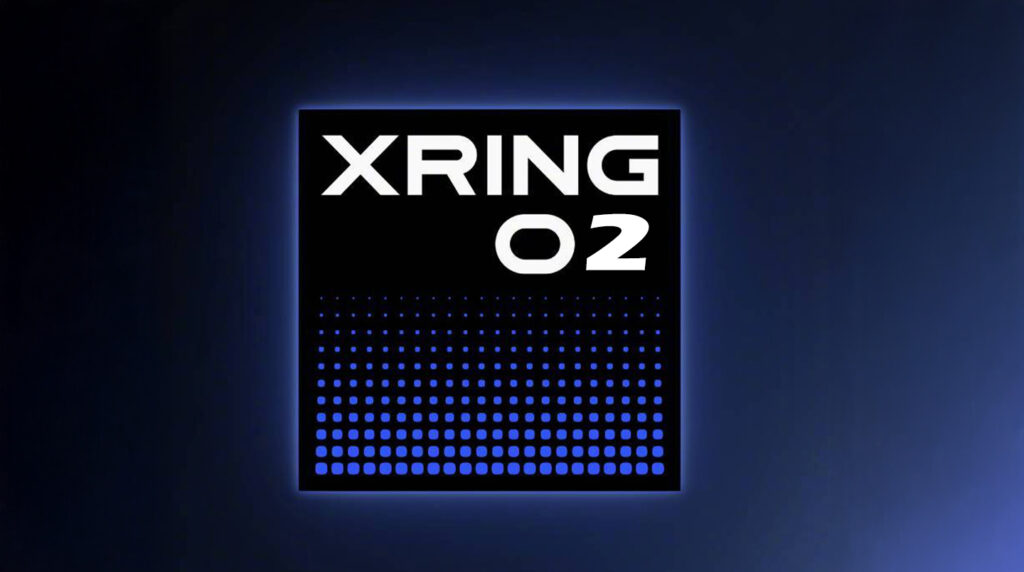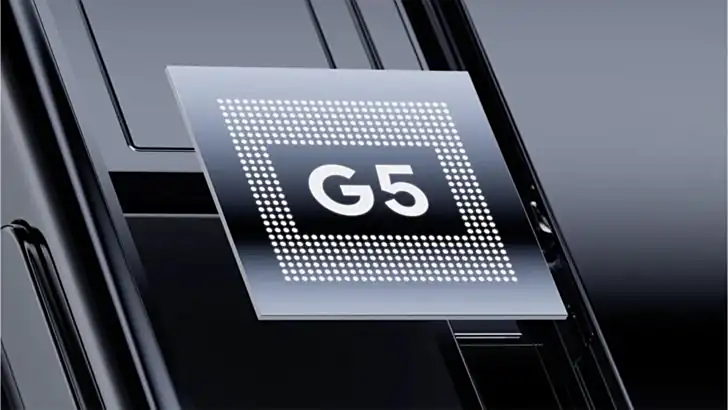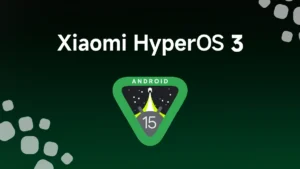Google has made a notable move in the semiconductor space, becoming the first to implement TSMC’s 3nm N3P process in its new Tensor G5 chip for the Pixel 10 series, overtaking Apple and setting a new industry benchmark. This development puts a spotlight on Xiaomi’s upcoming XRING O2 processor, which could potentially follow suit and utilize the same advanced manufacturing process to enhance its competitive standing.
Google’s Strategic Step with N3P Technology
With the Tensor G5, Google has opted for TSMC’s N3P—a step ahead of the industry’s anticipated N3E variant. This decision has enabled significant gains: up to 60% faster TPU performance and a 34% average boost in CPU speeds over previous models. Google’s early adoption positions them favorably in the ongoing technology race.
Performance Advantages of the N3P Process
The N3P manufacturing node brings tangible benefits: increased power efficiency, lower heat output, and quicker system responsiveness. Devices built on N3P reportedly achieve better battery life without sacrificing performance, an attractive proposition for any premium smartphone brand aiming to differentiate itself in an increasingly crowded market.
Implications for Xiaomi’s XRING O2 Development
Currently, Xiaomi’s XRING O1 processor uses TSMC’s N3E process (featuring a 1+3+4 core configuration with Cortex-X925 and Cortex-A725/A520 cores). If Xiaomi transitions to N3P for the XRING O2, it stands to gain in performance, efficiency, and thermal management—key areas in flagship smartphone competition.
Market Dynamics and Strategic Considerations
Google’s early N3P adoption sends a clear message: advanced process technology is now a critical differentiator in the high-end smartphone segment. For Xiaomi, integrating N3P into future XRING processors could prove vital for sustaining its position and competing effectively with market leaders.
With N3P already proven in mass production, entry barriers for other manufacturers—including Xiaomi—are lowering. This opens the door for accelerated innovation cycles and improved user experiences in forthcoming Xiaomi flagship devices.
For current Xiaomi users seeking to maximize their devices, tools like MemeOS Enhancer (available on the Play Store) provide additional features and system optimizations. For updates on HyperOS improvements, HyperOSUpdates.com remains a reliable resource.
Source: ITHome


 Emir Bardakçı
Emir Bardakçı


